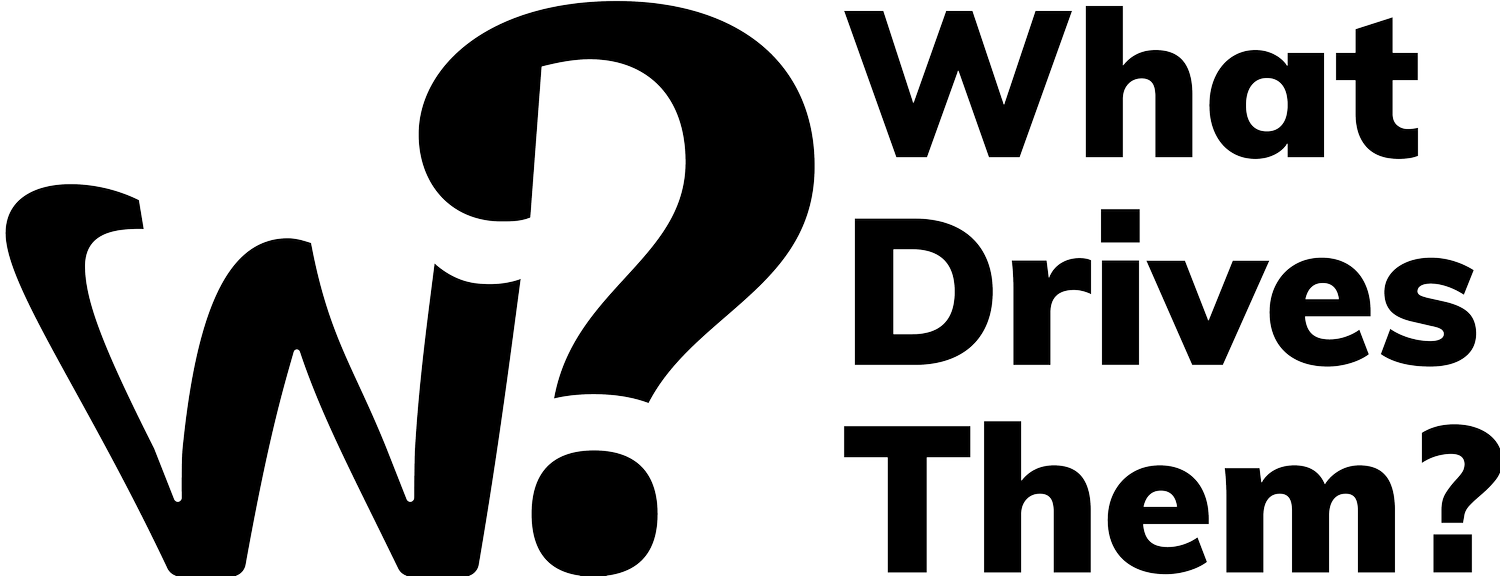Implementing Behavioral Design in Product Development
In the realm of product development, behavioral design is a game-changer.
It's a process that marries the insights of behavioral science with the creativity of design.
by Boston Public Library (https://unsplash.com/@bostonpubliclibrary)
The result? Products that are not only functional and aesthetically pleasing, but also deeply attuned to user behavior.
In this article, we'll delve into the intricacies of the behavioral design process. We'll explore its stages, its relationship with agile methodology, and its impact on marketing and design teams.
Whether you're a product manager, a UX/UI designer, or a marketing professional, this guide will equip you with the knowledge to implement behavioral design in your work.
So, let's embark on this journey to create products that truly resonate with users.
Understanding Behavioral Design
Behavioral design is a powerful approach in product development.
It's about designing products that align with how users think, feel, and behave.
At its core, behavioral design is about empathy. It's about understanding the motivations, desires, and pain points of users.
This understanding then informs the design process, leading to products that truly meet user needs.
In essence, behavioral design is about creating products that are not just usable, but also delightful and engaging.
The Intersection of Behavioral Science and Design
Behavioral design sits at the intersection of behavioral science and design.
Behavioral science provides insights into human behavior. It helps us understand why people behave the way they do.
These insights are then used to inform the design process.
The goal is to create products that are in sync with user behavior.
This leads to products that are not just functional, but also intuitive and user-friendly.
In other words, behavioral design is about creating products that 'get' the user.
Behavioral Design vs. Traditional Design Thinking
Behavioral design is often compared to traditional design thinking.
While both approaches value empathy and user-centricity, there are key differences.
Design thinking is a problem-solving approach. It's about understanding the user's problem and designing a solution.
Behavioral design, on the other hand, goes a step further.
It's about understanding the user's behavior and designing a product that aligns with it.
In other words, behavioral design is not just about solving problems, but also about shaping behavior.
The Behavioral Design Process Explained
The behavioral design process is a systematic approach to product development.
It involves understanding user behavior, designing based on this understanding, and then testing and refining the design.
by Ben Kolde (https://unsplash.com/@benkolde)
The process starts with observing and analyzing user behavior.
This involves conducting user research, analyzing user data, and identifying behavioral patterns.
The next step is to formulate hypotheses based on these insights.
These hypotheses are then used to guide the design process.
The final step is to test the design and refine it based on user feedback.
This is an iterative process, with each cycle bringing the product closer to the ideal user experience.
Stages of the Behavioral Design Process
The behavioral design process can be broken down into five stages.
Empathize: Understand the user's needs, desires, and pain points.
Define: Identify the problem that needs to be solved.
Ideate: Generate ideas for solving the problem.
Prototype: Create a tangible representation of the solution.
Test: Validate the solution with users and refine it based on feedback.
Each stage of the process is informed by behavioral insights.
These insights help ensure that the product aligns with user behavior.
The goal is to create a product that not only solves a problem, but also fits seamlessly into the user's life.
This is what makes behavioral design such a powerful approach to product development.
Applying the Scientific Method to Design
The behavioral design process is grounded in the scientific method.
It involves formulating hypotheses, designing experiments, and testing these hypotheses.
The results of these tests then inform the next cycle of the design process.
This approach ensures that the design is based on evidence, not just intuition.
It also allows for continuous improvement, with each cycle bringing the product closer to the ideal user experience.
Integrating Behavioral Design with Agile Methodology
Agile methodology is a popular approach in product development.
It emphasizes flexibility, collaboration, and customer satisfaction.
Behavioral design and agile can work hand in hand.
The iterative nature of both processes allows for continuous improvement and adaptation.
Iterative Design and User Feedback
Iterative design is a core principle of both agile and behavioral design.
It involves creating a prototype, testing it, and refining it based on feedback.
User feedback is crucial in this process.
It provides valuable insights that can guide the design process and ensure the product meets user needs.
Case Studies: Behavioral Design in Action
Let's look at some real-world examples of behavioral design.
Duolingo, a language learning app, uses behavioral design to keep users engaged.
by Timothy Hales Bennett (https://unsplash.com/@timothyhalesbennett)
The app uses gamification elements like points and leaderboards.
These features tap into users' competitive nature, encouraging them to spend more time on the app.
Another example is Fitbit, a fitness tracking device.
Fitbit uses behavioral design to motivate users to lead healthier lives.
The device tracks users' activity levels and provides feedback.
This feedback loop encourages users to reach their fitness goals.
Ethical Considerations in Behavioral Design
Behavioral design is a powerful tool.
However, it must be used responsibly.
Designers should always respect users' autonomy and privacy.
They should also be transparent about how they use behavioral data.
Ethical considerations should be a priority in every stage of the design process.
This ensures that products are not only effective, but also respectful of users' rights.
Collaboration Between Marketing and Design Teams
In the realm of behavioral design, collaboration is key.
Marketing and design teams must work together to create effective products.
Marketers bring a deep understanding of the target audience.
They know their needs, desires, and behaviors.
Designers, on the other hand, know how to translate these insights into tangible product features.
Together, they can create products that truly resonate with users.
Tools and Resources for Behavioral Design
There are many tools and resources available for behavioral design.
For instance, Google's HEART framework is a useful tool for measuring user experience.
There are also many books and online courses on behavioral design.
These resources can help you deepen your understanding of the field.
Remember, continuous learning is crucial in the ever-evolving field of behavioral design.
Stay curious and keep exploring.
Conclusion: The Future of Behavioral Design in Product Development
Behavioral design is not just a trend.
It's a powerful approach that's here to stay.
As technology evolves, so too will the ways we apply behavioral design.
Artificial intelligence and machine learning, for instance, are opening up new possibilities.
We can now analyze user behavior on a scale never before possible.
This will allow us to create even more personalized and effective products.
But as we move forward, we must not lose sight of our ethical responsibilities.
We must always use behavioral design to enhance, not manipulate, the user experience.
In the end, the goal of behavioral design is to create products that truly serve the user.
And that's a future worth striving for.
If you like this you might be interested in our Consumer Psychology and Behaviour Design course.

